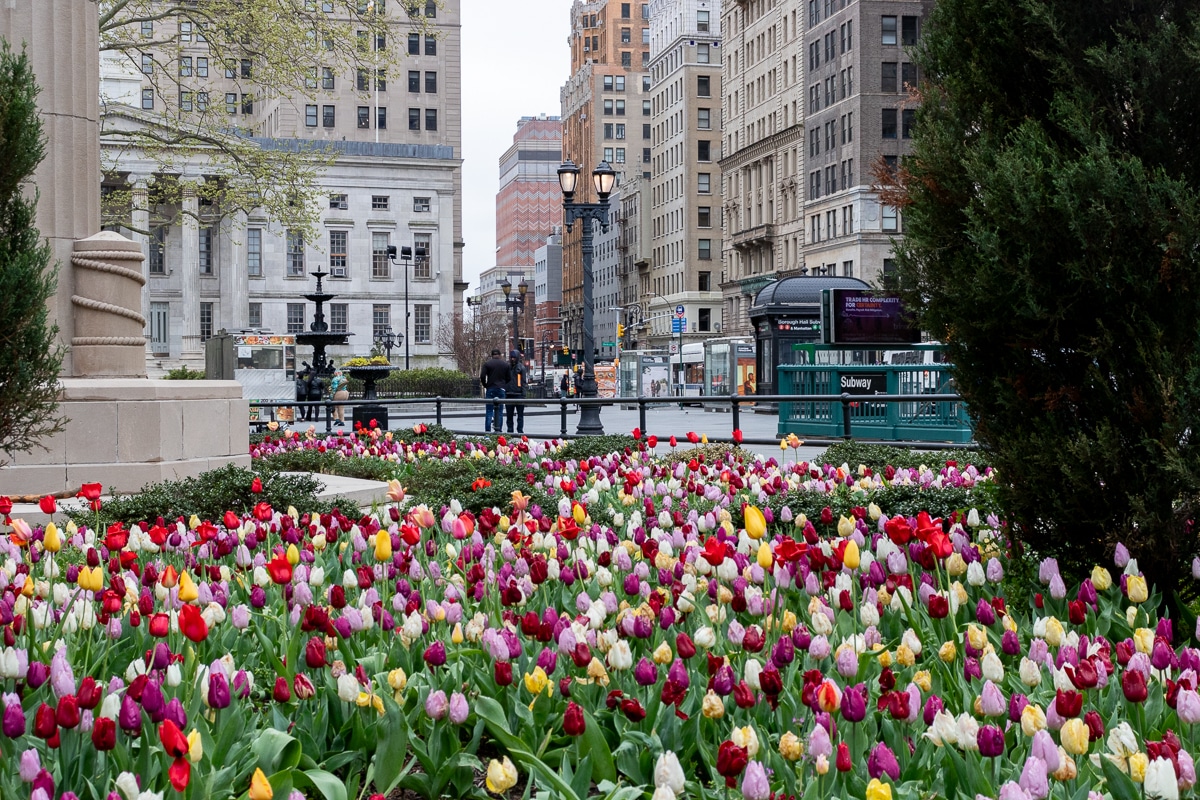The Little Fortress Watching Over Windsor Terrace Since 1896
Peter J. Lauritzen designed eight “engine and truck” houses for the Brooklyn Fire Department between 1894 and 1897.

Editor’s note: This story originally ran in 2012 and has been updated. You can read the previous post here.
Peter J. Lauritzen designed eight “engine and truck” houses for the Brooklyn Fire Department between 1894 and 1897. Five of them still exist, including this one at 1309 Prospect Avenue in Windsor Terrace, and are among the finest firehouses this city has.
Lauritzen was one of the city of Brooklyn’s more important architects, a man with a fine reputation for excellent buildings. During the course of his Brooklyn career, he designed the homes of some of the city’s wealthiest, as well as their clubs, and headquarters for the fire companies charged with protecting those assets.

What was then known as Engine 40 was established in 1888 as the only firehouse in Windsor Terrace, then considered a part of greater Flatbush. The village of Windsor Terrace had once been a part of the John Vanderbilt farm, and became part of Flatbush in 1851.
In 1894, Flatbush was annexed to the city of Brooklyn, and this Romanesque Revival firehouse at 1309 Prospect Avenue was built for Engine Company 40 in 1896.
Lauritzen’s firehouses are all quite unique and beautiful, and were built using his favorite materials: Indiana limestone, grey brick and Wyoming bluestone. He was quite fond of towers and turrets, and placed them on several of his firehouses.
Technically, this one is an oriel, as it is suspended, and once had a conical roof. Many of his firehouses also have ornately carved ornament; this one has acanthus leaves at the base of the oriel. It also once had “Brooklyn Fire Dept.” carved in deep relief above the doors.
Fortunately for the period’s firefighters, Lauritzen’s buildings also featured some new modern conveniences that no modern fireman could imagine living and working without: indoor plumbing and hot running water. Previously, the men had to take cold baths after a fire, which often resulted in catching cold. Considering at the time that firemen put in a six-days-a-week shift, working 24 hours each day, a cold was the last thing they needed.
Originally, the first floor of the building held a steam fire engine, hose wagon and ladder truck. Stables behind that equipment held the company’s six horses. Behind the stalls was a room holding the tack, feed and supplies for the horses. The oriel tower on the left held a raised watch station, and the right side of the building held the hose racks, which held 700 feet of hose.
The second floor of the station had a sitting room in the front, along with the engineer’s room, with a dormitory sleeping 12 in the back, along with rooms for the foreman, assistant foreman and the bathroom. It was expected that the men, who were all local, would go home for meals, or bring them with them.
In 1898, Brooklyn became part of greater New York City, and the Brooklyn Fire Department was officially disbanded, absorbed into what would be FDNY. In 1899, the engine name was changed to 140, as there was an engine 40 in Manhattan, and in 1913, it became Engine 240.
The horses were replaced by a new motor vehicle engine in 1921. Soon afterward, the original stable doors, which were too narrow for the fire trucks, were changed, and the firehouse lost its tower roof and the original lettering on the house. The old tack and feed room was converted into a kitchen for the men.
The Windsor Terrace firehouse has been in continuous use since the day it was finished, and still serves the community. In 2013, it was designated an individual landmark along with the former Engine Company 28 in Sunset Park.
[Photos by Susan De Vries unless noted otherwise]
Related Stories
- The Restored Romanesque Splendor of Brooklyn’s Fire Headquarters
- Looking to Landmark Two Brooklyn Firehouses
- Walkabout: Peter J. Lauritzen, Architect
Email tips@brownstoner.com with further comments, questions or tips. Follow Brownstoner on Twitter and Instagram, and like us on Facebook.













What's Your Take? Leave a Comment